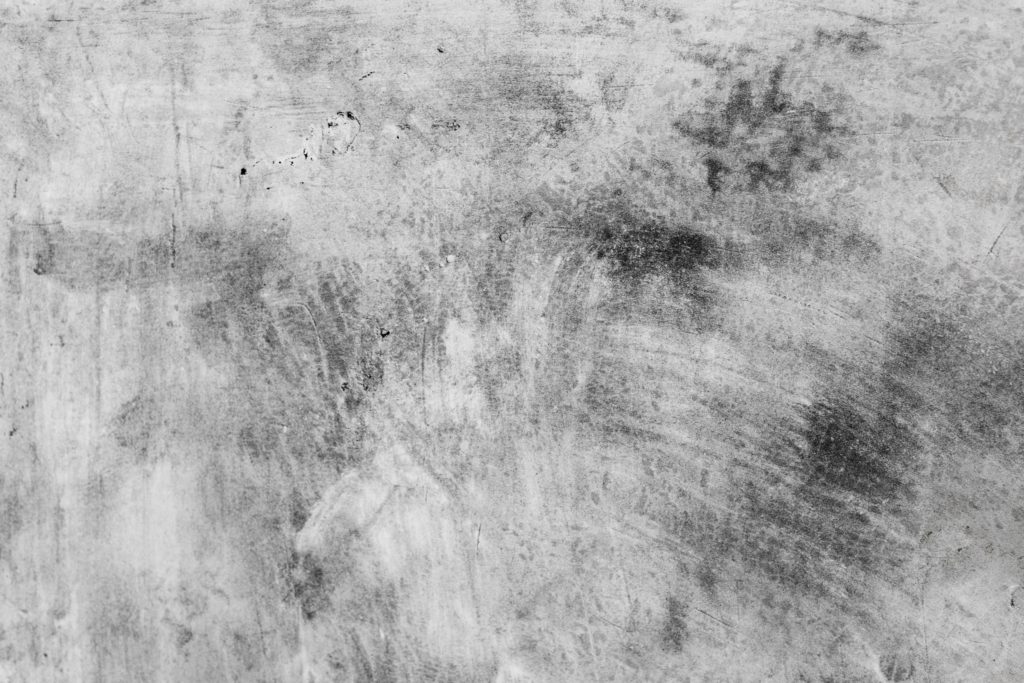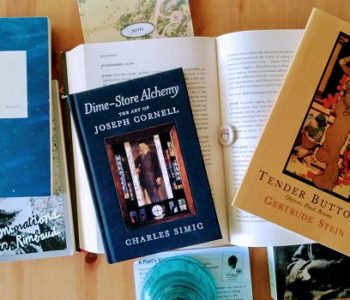 Literary Analysis
Literary Analysis
Historical Erasure & Common Moments in Brooks’s ‘Maud Martha’
A LITERARY ANALYSIS OF THE NARRATIVE IMPLICATIONS OF THE VIGNETTE STRUCTURE OF GWENDOLYN BROOKS’S 1953 NOVEL
The only novel written by poet Gwendolyn Brooks, Maud Martha (1953) is structured as a series of 34 vignettes/chapters that range from 2 to 20 pages, with the average less than 10. The poetic narrative traces the life ray of Maud Martha Brown from around age six, up until her pregnancy with a second child (she seems to be in her late twenties by the final chapter). This ray is formed both through the content that is present — the described action in the vignettes — and the content that is absent — the unsaid that happens between the vignettes. In the rapid passage of time “off-stage,” and the pausing on often seemingly banal activities, Brooks’s fragmented structure exposes history’s relentless erasure of marginalized narratives, and reveals the corresponding therapeutic importance of paying attention to the feat of surviving everyday moments as Maud is marginalized as a young black woman.
Maud Martha’s instinct for noticing overlooked strong beauty that flourishes amid the everyday becomes immediately clear in the first chapter, entitled “1. description of maud martha.” We learn first thing that, “What she liked was candy cottons, and books, and painted music (deep blue, or delicate silver) and the west sky, so altering, viewed from the steps of the back porch; and dandelions…dandelions were what she chiefly saw. Yellow jewels for everyday, studding the patched green dress of her backyard” (1-2). In these lyric opening paragraphs, Brooks first of all establishes that Maud Martha already has a distinct identity outside the confines of the text, which the reader is simply becoming privy to, and secondly, that this identity includes a penchant for noticing grace in the humdrum. Simultaneously, Maud Martha doesn’t recognize her own beauty, as indicated by the fact that “to be cherished was the dearest wish of the heart of Maud Martha” (2).

Over the course of the entire novel, via the lens of common moments, Maud Martha learns how to appreciate the strength of her own beauty, with this growth manifest in the image of the dandelions returning in the final chapter of the book. After Maud Martha has gotten married, had a child, experienced the racism of white employers, and more, she alights upon the fact that “it was doubtful whether the ridiculousness of man would ever completely succeed in destroying the world — or, in fact, the basic equanimity of the least and commonest flower” (179). The effulgent image of the common dandelion dances through the narrative to represent Maud Martha’s luminescence and persistence through the grey gloom of her everyday, precisely because she has grown to recognize her own worth.
The sense of time and history passing quickly and pausing on the apparently mundane is highlighted by the vignette titles and the epigraph/inscription preceding the novel. Each chapter title is uncapitalized, which contributes to a sense of its focus being “in media res” — a moment casually plucked from a personal narrative to be mulled over and in doing so, to discover its brightness. From the titles, the focus of many of the chapters seems to be nothing overtly dramatic: “8. home,” “16. the young couple at home,” “24. an encounter,” “31. on Thirty-fourth Street, etc.” Moreover, the titles are mostly incomplete sentences: “2. spring landscape: detail,” “19. if you’re light and have long hair,” 33. tree leaves leaving trees,” and so on, and this poetic fragmentation creates an impression of off-hand randomness. The diction thus evokes the novel’s structural intent: to narrate the rapid passage of time punctuated by arbitrary moments that turn out to be highly poetic. Because, despite the apparent incidental focus of the vignettes, each one brims with imagery, lyricism, and emotion, which emphasizes the importance of reading and re-experiencing that particular moment.

The book is also prefaced by the epigraph/inscription, “Maud Martha was born in 1917. She is still alive today.” The word “today” intentionally lacks specificity and imbues the “character” of Maud Martha with a timelessness that is confirmed by the subsequent text: via these 34 poetic records of her existence, she persists each time a reader picks up Brooks’s book. Across the text, Brooks both reveals and challenges history’s erasure. Through a record of surviving the ordinary via attention to common details, Maud Martha’s sense of her own narrative becomes more substantial, until it becomes perpetual; hence why this narrative functions as a “ray” instead of a traditional “arch plot.”
Throughout Maud Martha, the passage of time is indicated by the dialogue between the events of adjacent chapters. For example, in “13. Low Yellow,” Maud contemplates her beau, Paul, and how he perceives her, thinking how “I am certainly not what he would call pretty…pretty would be a little cream-colored thing with curly hair…whereas, I am the color of cocoa straight, if you can even be that “kind” to me,” but “in the end I’ll hook him, even while he’s wondering how this marriage will cramp him or pinch at him-at him, admirer of the gay life, spiffy clothes, beautiful yellow girls, natural hair, smooth cars, jewels, night clubs, cocktail lounges, class” (53-55). In these passages, the reader is shown how society’s standards of light-skinned beauty have manifest in Maud Martha as persistent, self-imposed insecurity even in a close relationship — a relationship that does indeed fulfill the prophecy of marriage in the next chapter, “14. everybody will be surprised” with the opening lines “’Of course,” said Paul, “we’ll have to start small. But it won’t be long before everybody will be surprised,” (56) — which is in turn fulfilled by the next chapter, “15. the kitchenette,” with the opening lines “their home was on the third floor of a great grey stone building. The two rooms were small” (60). The time between events is compressed to a flipped page: all of those moments in-between are lost to history’s voracious velocity. This is, of course, an author-imposed erasure/non-creation, but it serves to represent the real wiping out of marginalized narratives that society’s gatekeepers of data and information deem to be unimportant. As a result of the leaving-out, the present text gains weight — as what is missing is experienced as an acute loss, what is stated becomes even more critical, precious, and tangible as a survival within society’s excision.

The events described in the vignettes in Maud Martha aren’t explicitly beautiful, and in fact, are frequently painful and dismal. For example, in their kitchenette, Maud Martha “was becoming aware of an oddness in color and sound and smell about her, the color and sound and smell of the kitchenette building. The color was gray, and the smell and sound had taken on a suggestion of the properties of the color, and impressed one as gray, too…There was a whole lot of grayness here” (64), and in another scene describing a failing love with Paul, “Paul’s book fell, making a little clatter. But he did not wake up, and she did not get up” (68). However, in the rendering of these quietly powerful moments, amplified by the conspicuous silence of the overt passage of time in chapter transitions, the ugly moments become poignant — necessary arbitrary singularities amidst the melancholy of Maud Martha’s living conditions. As a young black woman living in a racist nation, even apparently ordinary moments are trials and challenges, and simply making it through an outing can be a victory. Indeed, after visiting a movie theater attended only by white people, amid the tension of fearing that “they would meet no cruel eyes” (78), Maud Martha realizes that “though she knew that once the spell was over it would be a year, two years, more, before he [Paul] would return to the World Playhouse. And he might never go to a real play. But she was learning to love moments. To love moments for themselves” (78). This passage embodies the book’s thesis: each moment, however mundane or heartbreaking, constitutes Maud Martha, and in learning to love the common moments that compose her, she is learning to love herself.
Occasionally, Brooks uses chronotopes to intensify the sense of time passing and history’s omissions. For example, the couple attends a swanky dance where Paul frolics off with a stranger, leaving pregnant Maud Martha to simmer, and that’s how the chapter ends. Then, suddenly, the next chapter “20. a birth” begins with the sentence, “After dinner, they washed dishes together.” From this, the reader is led to think that it might be the very same night as the dance. However, one page later we find out that Maud Martha is actually going into labor, and Paul’s “thoughts traveled to the girl he had met at the Dawn Ball several months before. Cool. Sweet. Well-groomed. Fair” (92). Two things are happening here: 1) The shift in perspective to Paul’s thoughts reveals that Maud Martha was correct in her suspicions of Paul’s prejudices, which grants her intuition extra significance; and 2) Time becomes explicitly malleable and subject to the significance of moments — the events that stick, converse, meld, and run into each other in the schema of memory and self-narrative.
Maud Martha is a novel in which nothing major happens beyond universal life events — beaus, marriage, babies, lackluster love, a trip to the movie theater, a first day at work — all framed by the relentless barriers uniquely faced by young black women in the United States in the first half of the 20th century (and which continue today). Indeed, Maud’s survival and thriving amid these challenges amplifies the gravity of even ordinary moments. For example, a first day at work “at the Burns-Coopers'” in a late chapter turns out to be a demeaning exercise in Maud Martha’s white employer’s racist power via comments such as “…after this time always use the back entrance” (158), and “I disapprove of mops. You can do a better job on your knees” (160), and “You’re very fortunate in that here you have only the evening meal to prepare…Isn’t that lucky?” (160). Once Maud Martha escapes for the day and determines that she is never going back to work there, the chapter ends on the simple, beautiful reasoning that she had to retaliate by leaving because “one was a human being. One wore clean nightgowns. One loved one’s baby. One drank cocoa by the fire –or the gas range–come evening, in the wintertime” (163). Here, Maud Martha consciously utilizes the beauty of everyday occasions to define to herself the importance of why she must quit.
In another late chapter, as Maud Martha is sitting in a bar with Paul, “she watched the little dreams of smoke as they spiraled about his hand, and she thought about happenings. She was afraid to suggest to him that, to most people, nothing at all ‘happens.’ That most people merely live from day to day until they die. That, after he had been dead a year, doubtless fewer than five people would think of him oftener than once a year. That there might even come a year when no one on earth would think of him at all” (150). The text in-hand serves as contradiction to this: through Maud Martha’s cognizance of the ordinary, she grows to recognize how very extraordinary she is, and capable of persisting like dandelions each season — such that “she is still alive today.”
ISBN of Edition Read: 0883780615



1 COMMENT
Excellent analysis.